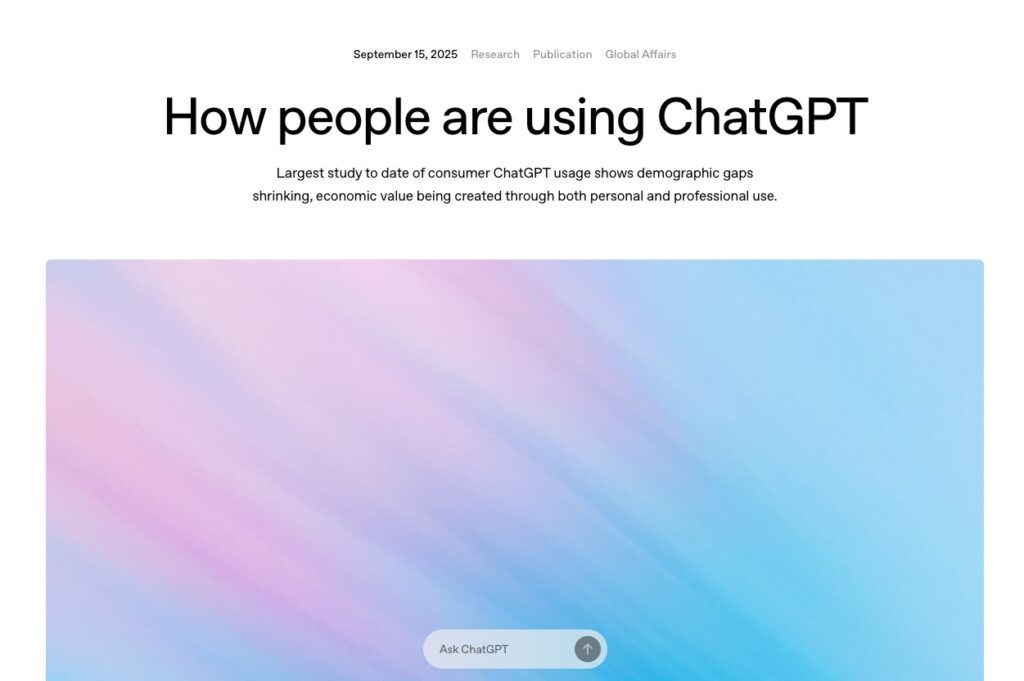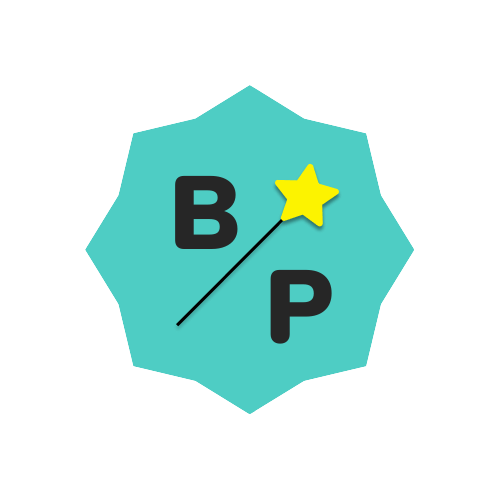
What do Harvard, Duke and OpenAI have in common?
Probably more that I’m aware of, but together they just conducted and published a study how people really use ChatGPT.
The finding are interesting, to say the least.
You probably came across the stats that in mid-2025, 700 million people were chatting with GPT every week. That’s 2.5 billion messages a day.
That’s not far behind Google’s query volume, actually.
But the most interesting thing isn’t just scale, but how people use it.
ChatGPT is no longer mostly for work
In 2024, about half of usage was non-work.
A year later, it’s nearly three-quarters.
People turn to GPT to learn, to get practical guidance, to edit their writing, or just to figure out everyday life.
Coding? Barely 4%. Therapy? Tiny.
The big three use cases:
- Guidance (How to tutorials) – 29% of all chats
- Information (Searches similar to Google’s) – 24% of all chats
- Writing (Draft, edit, translate) – 24% of all chats
These three make up almost 80% of all chats.
And within writing, most requests aren’t “Write this from scratch” but “Make my text better.”
Collaboration beats automation.
The key shift
GPT is moving from tool to teammate.
People ask it for options, compare trade-offs, then decide before asking it to draft.
It’s “Ask → Decide → Do.” (I’ll write about this framework in following days)
The users who treat GPT like a thinking partner get the most value—and report higher satisfaction.
For marketers and tech people, this is the real signal. Don’t picture AI as a slot machine spitting out copy. Picture it as a junior colleague who brainstorms, edits, and synthesizes—fast, but still needs your taste and judgment.
The gold rush is in learning how to work with an AI teammate.
Those who master that collaboration will be picking up the benefits of this new digital economy.
And ho do you use ChatGPT?
Read more on OpenAI website.
